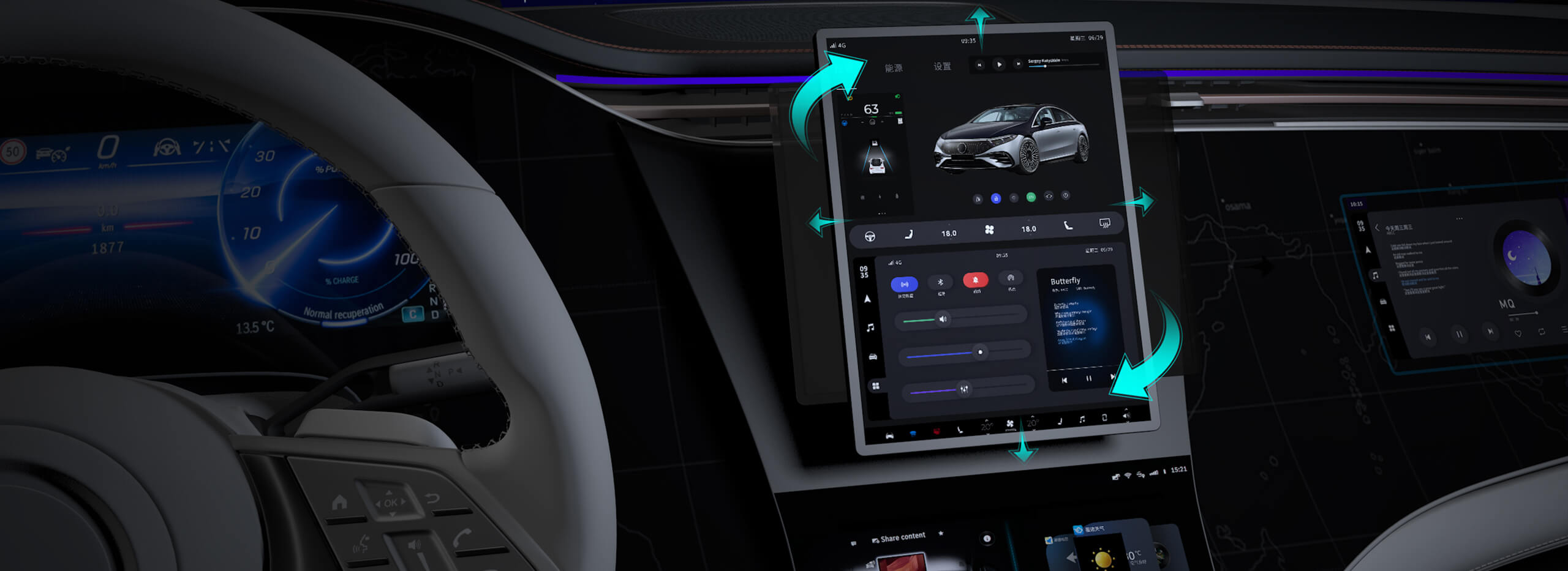Ever tried to picture a tiny engine powering your favorite handheld drone or electric skateboard? You’re probably picturing those sleek motors whirling away inside, but what’s really going on underneath? Let’s dig into the quirks of brushed motors versus brushless motors. It’s a bit like comparing old-school bicycles to scooters with electric motors—each has its charm, but one definitely rides smoother.

First up, brushed motors. They’re the classic design, the old reliable. Think of them as the vintage vinyl records amongst digital playlists. You’ve got a set of brushes—hence the name—rubbing against a commutator to generate motion. It’s simple, straightforward, affordable. You spin the shaft, and the brushes keep making contact, creating a magnetic field that turns the rotor. The catch? Those brushes wear out over time, and that means more maintenance. Plus, there’s friction, which leads to heat, efficiency drops, and a bit of that annoying squeal every now and then. Popular in early drones or RC cars, they’re still making appearances where cost matters more than top-tier performance.
Now, swing over to brushless motors. Think of these as the Tesla of tiny motors — sleek, efficient, and kind of futuristic. Instead of brushes rubbing on a commutator, they use electronic controllers to switch the current in the windings. The result? No brushes to wear out, less heat, less friction, and way higher efficiency. Plus, they deliver more torque for the same size, making them a favorite for high-performance gadgets. When you’re assembling a racing drone that needs to zip through tight turns or an electric bike craving that burst of acceleration, brushless motors are usually the top pick.
But the question that often pops into people's minds: are brushless more complicated? Absolutely. The electronic controllers are trickier to set up and cost a smidge more initially. Still, the long-term benefits outweigh that initial bump. They last longer, run cooler, and deliver smoother, quieter operation.
You might wonder, is it ever smart to go with brushed motors? Yeah, in some cases. If you're on a tight budget or working with devices where simplicity beats performance, brushed engines won’t let you down. Ever seen those tiny toy cars? Many still run on brushed motors — simple, cheap, effective.
Choosing between the two comes down to what you really need. If you’re all about longevity, power, and quiet operation, brushless is the way to go. But if you’re just dabbling or building something where cost is king, brushed motors might serve you just fine.
At the end of the day, the impact of your choice can be huge. Power delivery, maintenance, longevity—all those little things matter as you aim to make your project shine. Trust me, understanding the difference helps you pick the right component without second-guessing later. And hey, if you’re after perfect performance, going brushless could be your secret weapon.
Established in 2005, Kpower has been dedicated to a professional compact motion unit manufacturer, headquartered in Dongguan, Guangdong Province, China.




































